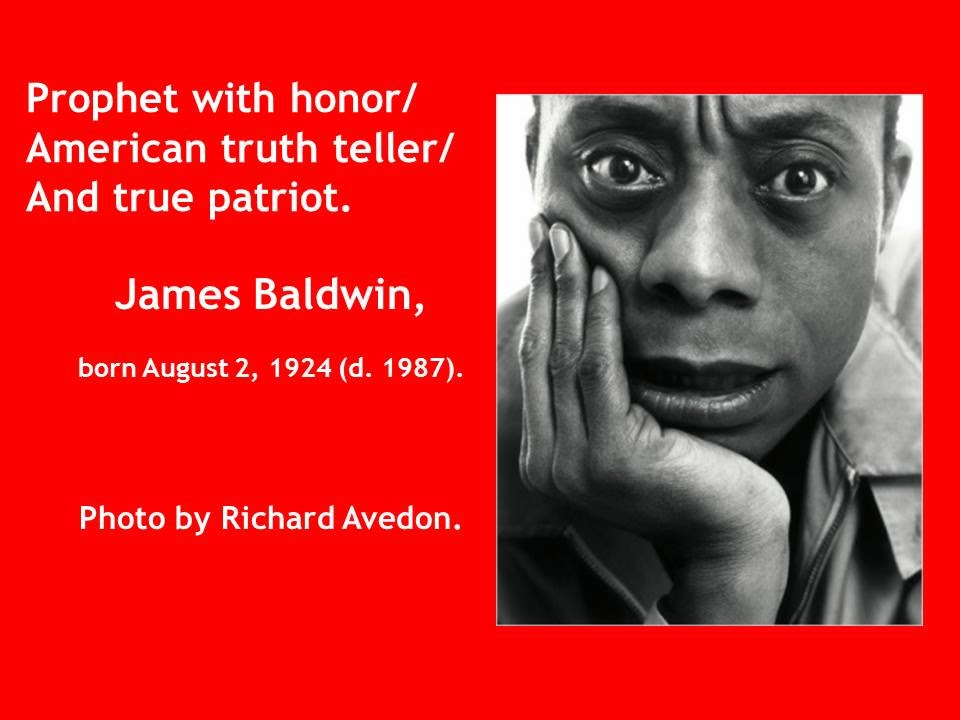The first clip, titled "Dancing Darkey Boy," was shot in 1897. The epithet, "darkey," is used here as a commonplace description of blacks--it was used by whites to describe African Americans in advertising, music, literature, and in everyday life. The actual film, though, offers a strong counterpoint to the offensive word, simply by the charm and clear talent of the little boy, along with the obvious delight he elicits from the crowd as he dances.
The second film, titled "A Morning Bath," was shot in 1896, the year of the landmark Supreme Court decision in Plessy v. Ferguson (click here), which codified "separate but equal" as the law of the land. This film was shot for comedic value (of which I find none), as the woman is being directed to smile as she pours the suds over the hapless child for the amusement of the filmmakers and their presumed audience. The Library of Congress caption has replaced some of the original language used by Edison to describe the scene.
Dancing Darkey Boy
Original caption from Edison films catalog:
"Scene is in a
stable, where a crowd of horsemen, jockeys and stable hands are watching
a little darkey boy dance on a table."
A Morning Bath
Original caption from Edison films catalog:
"Mammy is washing her little pickaninny. She thrusts
him, kicking and struggling, into a tub of foaming suds."










